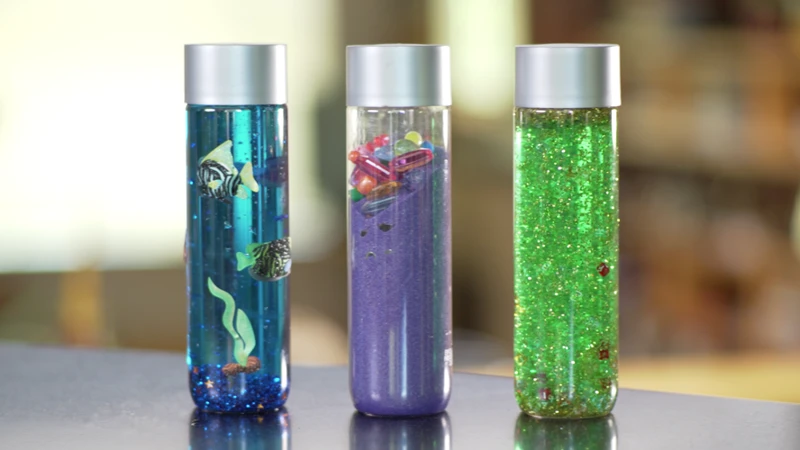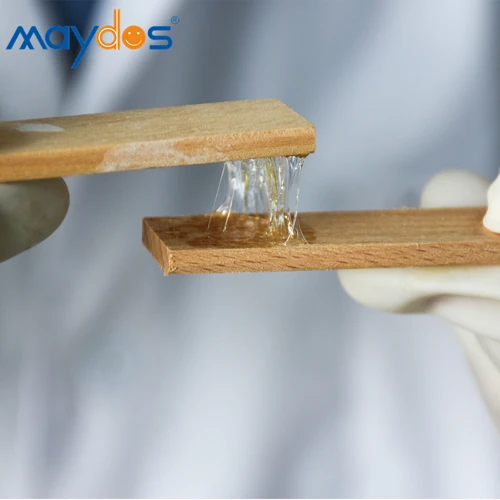The world of DIY has embraced a sustainable approach, with DIY plastic bottle projects leading the charge in recycling innovation. From decorative pieces to practical household items, the versatility of plastic bottles offers a creative outlet for those looking to reduce waste and craft something unique. This blog post aims to guide you through the process of gluing plastic bottles to transform them into something new and exciting.
Understanding the Basics of Plastic Bonding
Bonding plastic is not as straightforward as it might seem. Different types of plastic react to adhesives in various ways. Learning how to bond plastic effectively means understanding the materials you’re working with and choosing the right adhesive for a durable finish.
The Importance of Recycling Plastic Bottles
Recycling plastic bottles is more than just an eco-friendly gesture; it’s a necessity for our environment. By engaging in recycling plastic bottles through DIY projects, you not only give these materials a second life but also contribute to reducing the strain on landfills and ocean pollution.
Preparation for Gluing Plastic Bottles
Preparation is key when it comes to crafting with plastic bottles. The right preparation ensures a seamless gluing process and a final product that stands the test of time.
Selecting the Right Plastic Bottles for Your Project
Not all plastic bottles are created equal. It’s essential to select the right type for your DIY plastic bottle projects to ensure compatibility with the adhesive and to achieve the best results. Look for similar plastics and consider the size and shape for your intended design.
Cleaning and Preparing the Surfaces
Clean surfaces are crucial for a strong bond. Wash the bottles thoroughly, remove labels, and ensure they are dry. Lightly sanding the area can also improve adhesion by creating a rougher surface for the glue to cling to.
Choosing the Best Glue for Plastic
When it comes to gluing plastic bottles, not just any adhesive will do. It’s important to choose the best glue for plastic to ensure a bond that lasts.
Types of Adhesives for Plastic
- Super Glue (Cyanoacrylate)
- Epoxy Resins
- Polyurethane-based glues
- Solvent-based adhesives
How to Select the Appropriate Adhesive for Your Project
Consider the final use of your project, the type of plastic, and the bond strength required. The best adhesive for plastic varies depending on these factors, so choose wisely to ensure your creation holds together as intended.
Step-by-Step Guide to Gluing Plastic Bottles
With the correct preparation and adhesive, you’re ready to begin your project. Follow this step-by-step guide to ensure successful plastic bottle adhesive techniques.
Applying the Plastic Bottle Adhesive Techniques
Apply a thin layer of adhesive to one surface, following the manufacturer’s instructions. Join the pieces carefully, aligning them precisely to ensure a neat finish.
Clamping and Curing for a Strong Bond
Clamping the pieces together will keep them secure as the glue dries. Different adhesives have varying curing times, so refer to the packaging for guidance. A full cure is essential for maximum strength.
Plastic Bottle Craft Ideas and Creative Uses for Plastic Bottles
Once you’ve mastered the art of gluing plastic bottles, the possibilities are endless. Let’s explore some innovative ways to repurpose these versatile materials.
Innovative Homemade Plastic Bottle Constructions
Homemade plastic bottle constructions can range from intricate art installations to functional pieces of furniture. With some creativity, you can construct anything from a lampshade to a greenhouse.
Decorative and Functional DIY Projects
Plastic bottle craft ideas are not limited to large structures. You can create jewelry, storage containers, and even vertical gardens. These projects are both decorative and functional, adding a personal touch to your home while promoting sustainability.
Maintenance and Care for Your Plastic Bottle Creations
Your DIY projects deserve to be preserved. Proper maintenance and care are essential for ensuring that your creations stand the test of time.
Ensuring Longevity of the Bond
Keep your plastic bottle creations away from extreme temperatures and direct sunlight, which could weaken the bond. Regular cleaning will also help maintain the appearance and structural integrity.
Repairing and Reinforcing Existing Projects
If your project suffers from wear and tear, don’t despair. Repairing and reinforcing existing projects is often possible with a fresh application of adhesive or additional support structures.
Troubleshooting Common Issues in Gluing Plastic Bottles
Even with careful preparation, you may encounter issues. Here’s how to handle some of the most common problems in gluing plastic bottles.
Dealing with Weak Bonds or Breakage
If a bond fails, clean the area thoroughly before reapplying adhesive. Sometimes, using a different type of glue or applying it differently can resolve the problem.
Preventing and Solving Adhesion Problems
To prevent adhesion problems, ensure your surface preparation is thorough. If you’re still facing issues, it might be due to incompatible plastics or an unsuitable adhesive.
Advanced Techniques and Tips for Professional Results
For those looking to take their crafting to the next level, advanced techniques can elevate your plastic bottle projects from homemade to professional quality.
Enhancing Aesthetic Appeal of Plastic Bottle Projects
Consider painting or decorating your projects post-assembly for an extra touch of style. Use materials compatible with plastic to avoid damaging the surface or weakening the glue bond.
Upcycling: Turning Trash into Treasure
Upcycling goes beyond simple recycling by transforming waste into something of greater value. Your plastic bottle projects can become treasured pieces with a bit of imagination.
Safety Precautions and Warnings
While crafting with plastic bottles can be enjoyable, it’s important to handle adhesives safely and be aware of potential hazards.
Handling Adhesives Safely
Work in a well-ventilated area, wear gloves and protective eyewear, and always follow the manufacturer’s safety instructions when using adhesives.
Avoiding Common Hazards
Keep adhesives away from children and pets, and be cautious when cutting or sanding plastic to prevent injury from sharp edges or inhalation of particles.
Conclusion: The Future of Plastic Bottle Crafting
The realm of DIY plastic bottle projects is ever-expanding, with new techniques and applications constantly emerging.
Continuing Innovation in Plastic Bottle Upcycling
As we become more environmentally conscious, the innovation in plastic bottle upcycling is likely to continue growing, leading to even more creative and sustainable crafting methods.
Encouraging Community Involvement and Education
By sharing your projects and knowledge, you can inspire others to start their plastic bottle crafting journey, fostering community involvement and furthering environmental education.
Supplementary Materials and References
To assist you in your plastic bottle crafting endeavors, the following resources are invaluable.
Recommended Tools and Materials for Plastic Bottle Crafting
- Various adhesives suitable for plastic
- Sandpaper or a sanding block
- Clamps or weights for holding pieces together
- Protective gear such as gloves and eyewear
When undertaking DIY projects, knowing the proper techniques to adhere different materials can make all the difference in your crafting success. If you’re working on a project that involves plastic, our guide on how to glue plastic bottles together is an excellent resource for ensuring a strong bond. For those of you dealing with glass, we have a comprehensive article on how to glue glass pieces together that will help you handle this tricky material with ease. And if your project includes woodworking or party decorations, be sure to check out our tips on how to glue boards together and how to glue balloons together for reliable adhesion methods. Whatever your project, we’ve got the adhesive advice you need!
Further Reading and Resources
For more information on recycling, upcycling, and crafting with plastic bottles, seek out books, online tutorials, and community workshops to expand your knowledge and skills.



